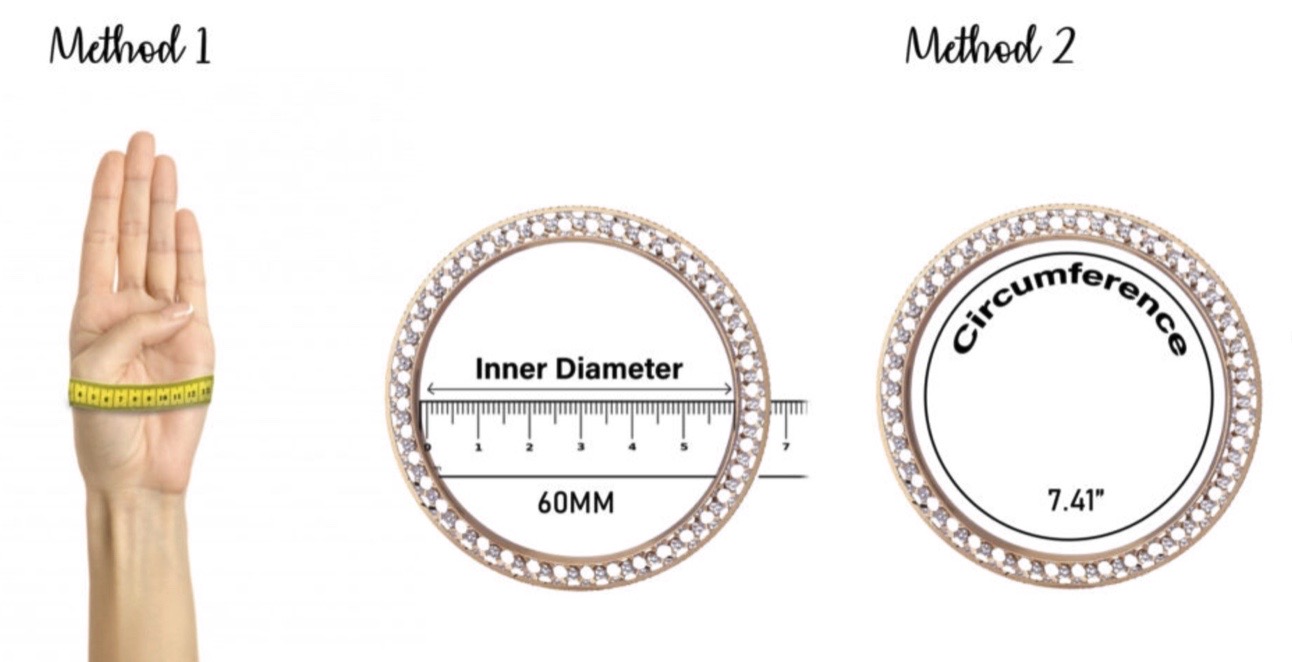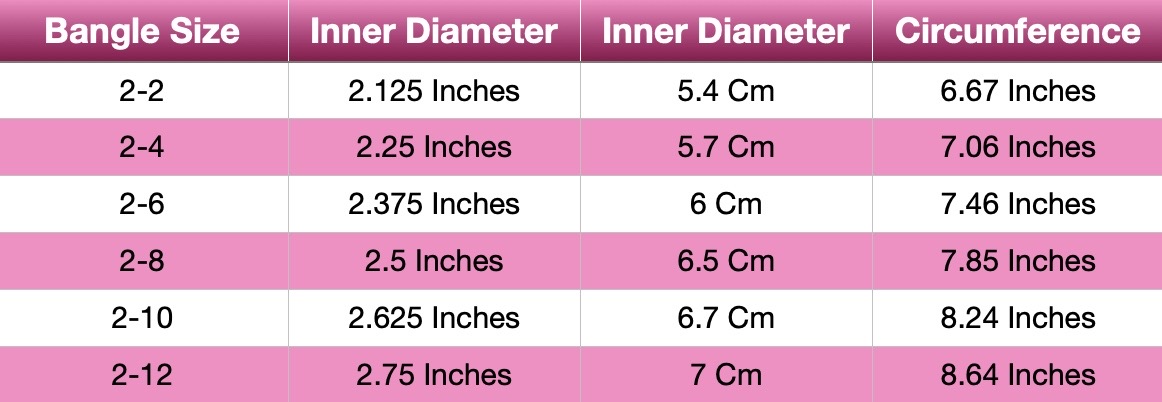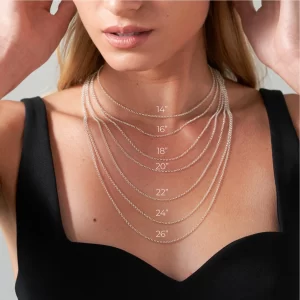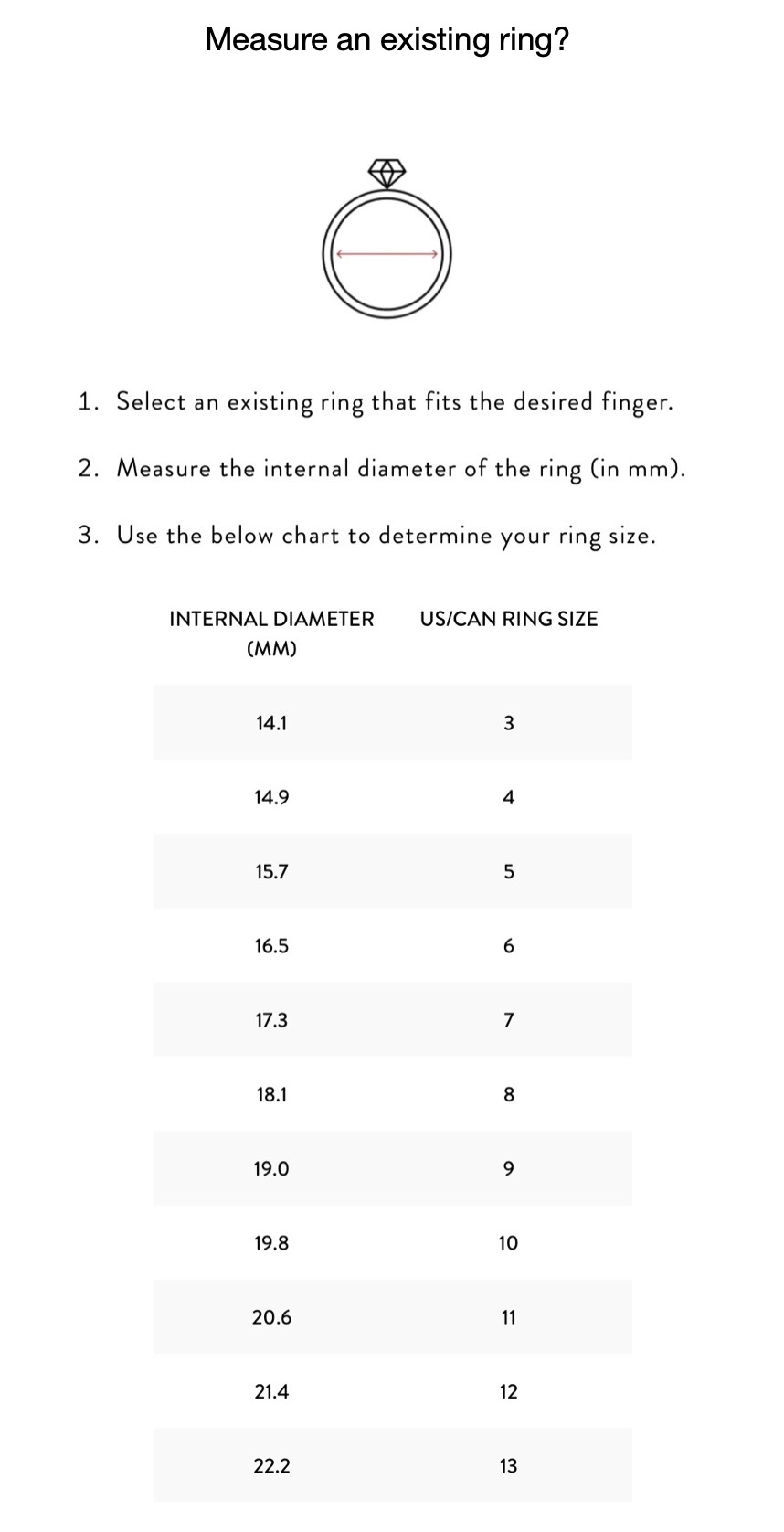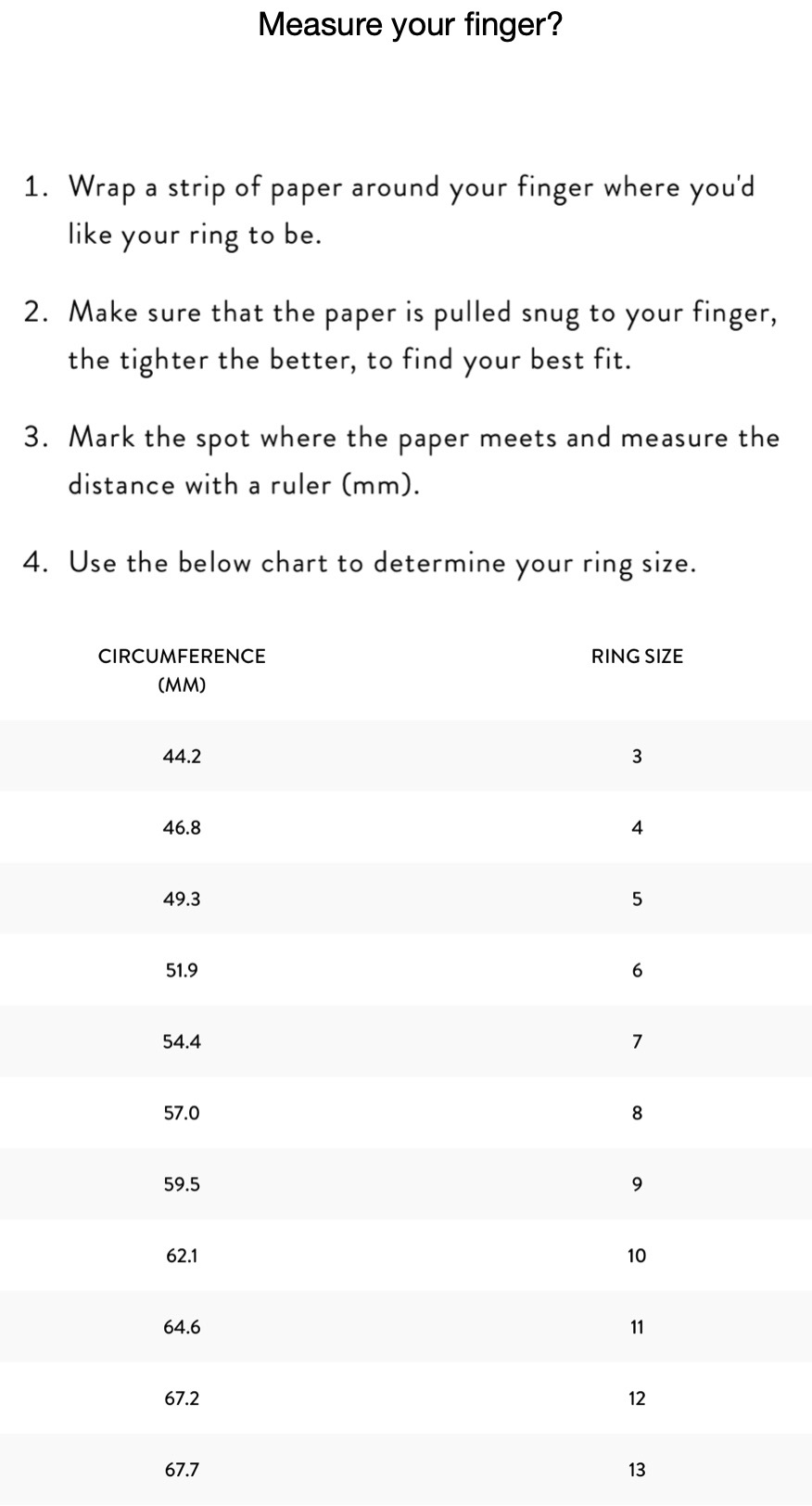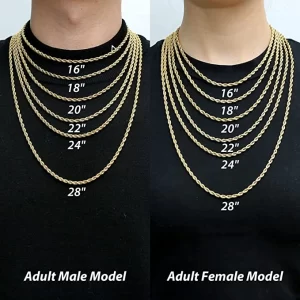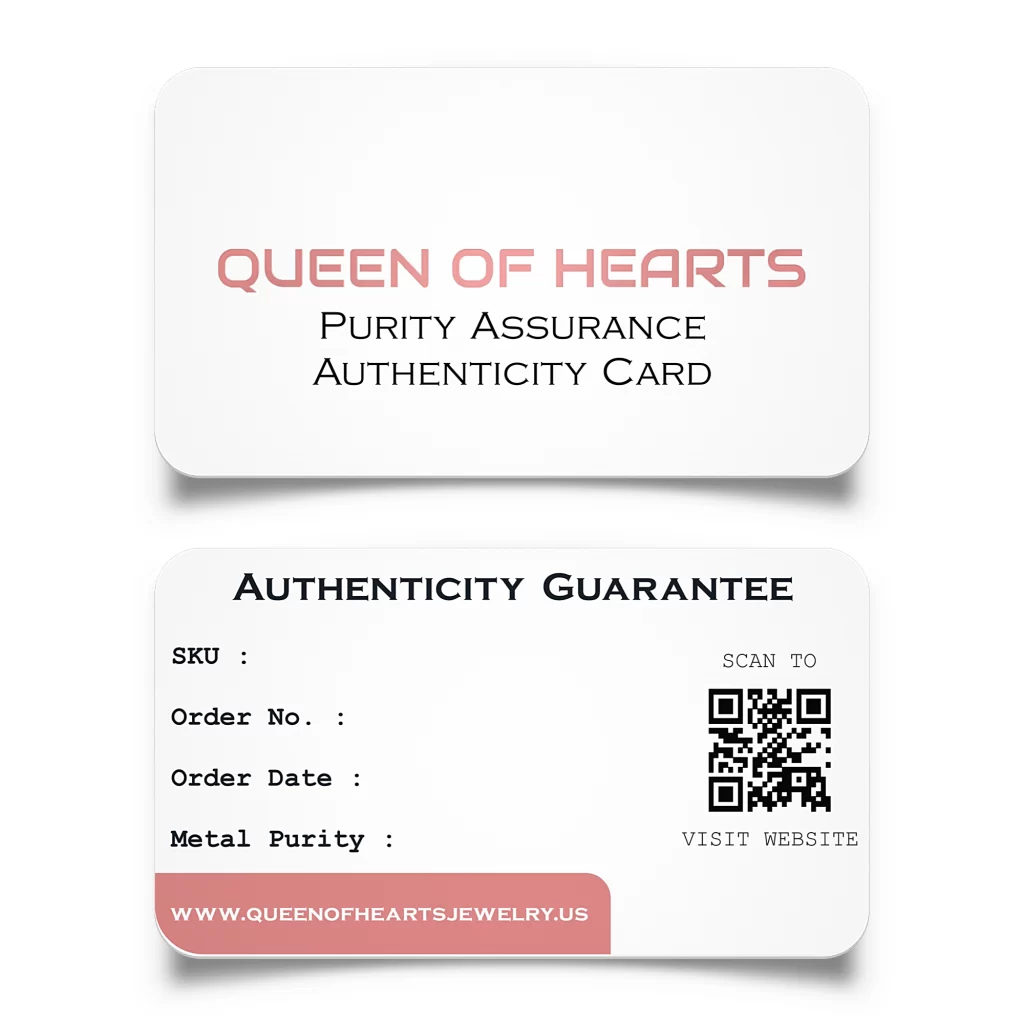What does a pendant represent in Indian jewelry
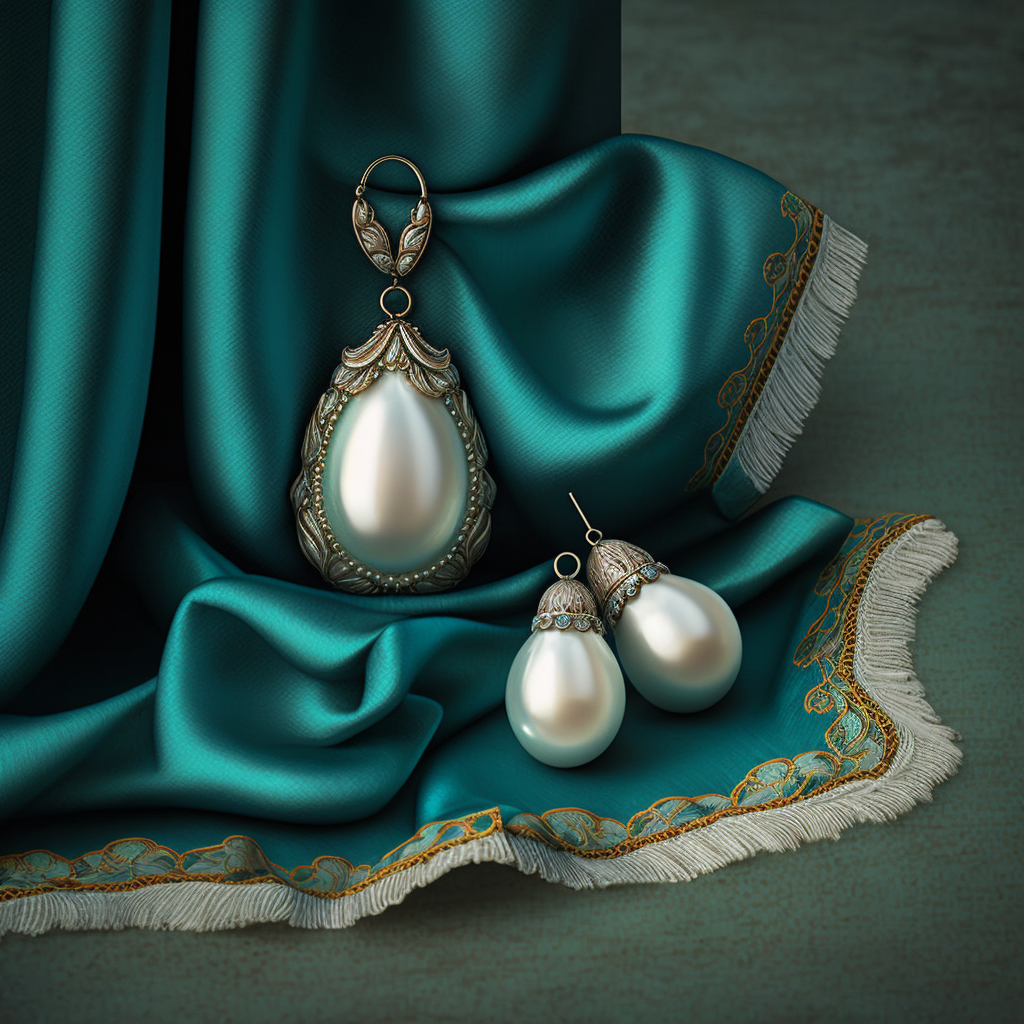
Pendants have been an important part of Indian jewelry for centuries, and are still used to this day to bring good luck, protection and prosperity to the wearer. But what do pendants symbolize in broader Indian culture, and when are they worn?
In this blog, we’re going to take a look at the most significant pieces of jewelry in Indian culture, and explore the popular symbols associated with traditional pendants, from the mangalsutra to the kalgi. Let’s take a look!
WHAT IS A PENDANT?
A pendant is a charm or secondary piece of jewelry that hangs from a chain or cord. In traditional Indian culture, pendants typically have a symbolic, religious, or cultural significance.
It’s also important to note that in Indian culture, pendants don’t always refer uniquely to those which hang from a necklace or chain; Indian jewelry includes headwear, nose rings (with pendants!) bracelets, anklets, rings, bangles, and more.
WHAT DOES A PENDANT REPRESENT IN INDIAN CULTURE?
In India, pendants are not just fashionable accessories, but are also used to symbolize religious beliefs and important celebratory life events, such as weddings. Perhaps the most popular and well-known Indian pendant is the mangalsutra; this is a necklace – often referred to as an “auspicious thread” – which is placed around an Indian bride’s neck during her wedding ceremony.
WHAT DOES THE MANGALSUTRA REPRESENT?
The placing of the mangalsutra represents the bride’s love for her husband, as well the integration of the bride into her husband’s family. The mangalsutra is typically fashioned with a gold chain and black beads, although traditional mangalsutras may also include colorful gemstones and threads.
PENDANT SYMBOLISM IN INDIAN JEWELRY
Aside from the mangalsutra, there are a number of reasons pendants are so prominent Indian culture:
RELIGIOUS SIGNIFICANCE
Many Indian pendants may also be worn to represent the wearer’s spiritual and religious beliefs. For example, an Om symbol is often used as a pendant to serve as a reminder of one’s faith in the Hindu religion. Similarly, some men wear the kanthi mala or rudraksha mala, which are Hindu prayer beads. Pendants that feature the image of a deity can also be worn to show devotion and reverence for that particular god or goddess.
Men also have the option of wearing the kalgi on their wedding day, which is a symbol of power and royalty. The kalgi is a pendant-like pin which is worn on the groom’s turban, and usually features a peacock feather as its centerpiece.
SENTIMENTALITY AND ROMANTIC LOVE
In Indian culture, it is believed that pendants worn near the heart can help to strengthen and deepen one’s love for their spouse, while also providing emotional balance to the wearer. Many Indian women wear pendants as a symbol of their love for their husbands, whether they be extravagant gold choker necklaces, or necklaces adorned with diamonds and colorful gemstones.
SPIRITUALITY AND SUPERSTITION
Finally, another reason pendants are so commonly worn in Indian culture is their origins in spirituality and superstition. In Hinduism, chains and pendants (as well as other forms of jewelry) were seen as being capable of warding off evil energies and spirits, and so were worn routinely by Hindus. Many women would even wear pendant necklaces to protect themselves from “nazar”, also known as the “evil eye”.
This superstition is even extended to babies; many Indian parents adorn their newborns with bracelets to protect them from evil energy and evil spirits, and these bracelets often come with an intricately designed charm or pendant.
WHAT’S THE BEST CHAIN FOR A PENDANT?
When it comes to a pendant for special occasions, many Indian women will opt for a high quality gold chain, such as a 22k gold pendant chain. 22k gold is the highest percentage of pure gold that you can reach without opting for 24 karat gold (aka 100% gold), which is too delicate for everyday wear.

